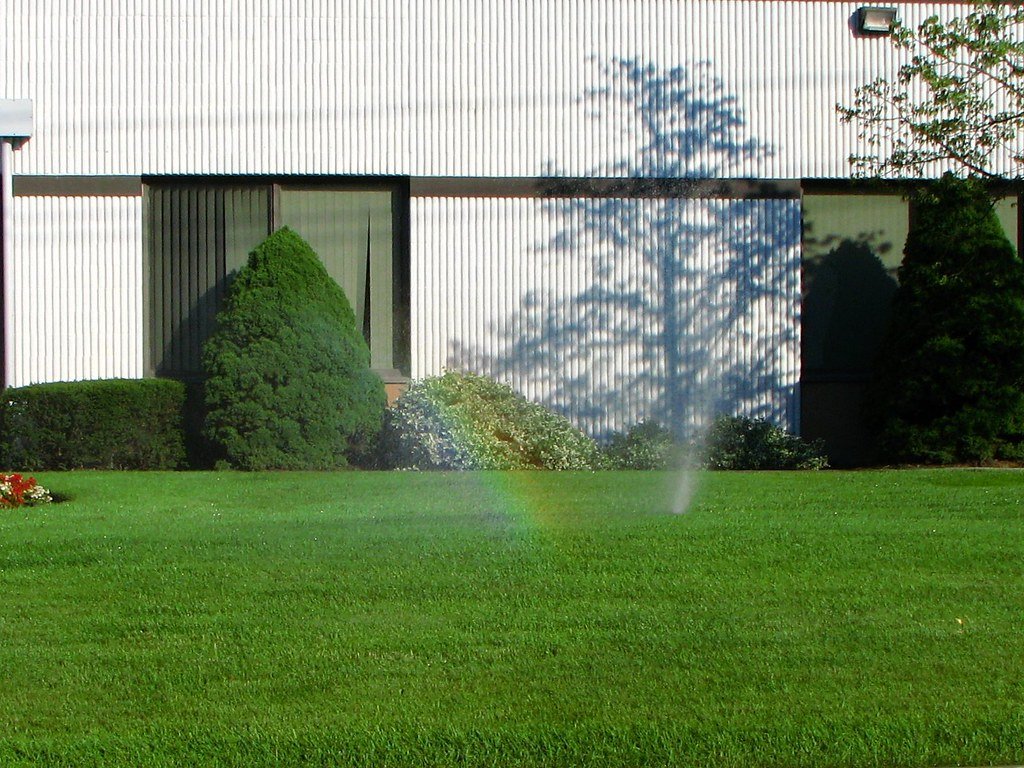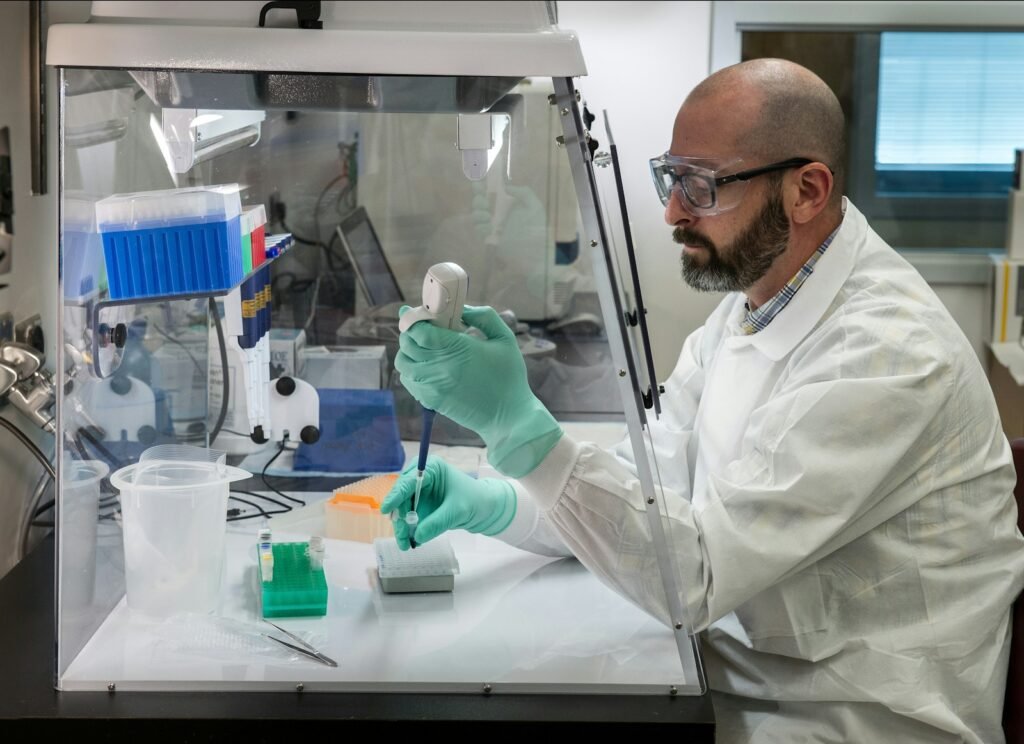Picture this: you walk outside your front door and see that perfect emerald carpet stretching across your yard. The grass is trimmed to an exact height, the edges are crisp, and not a single dandelion dares to interrupt this green perfection. You feel proud for a moment—then you realize what you might actually be looking at. That flawless lawn? It could be one of the most lifeless ecosystems on your property.
The Hidden Truth About Perfect Lawns
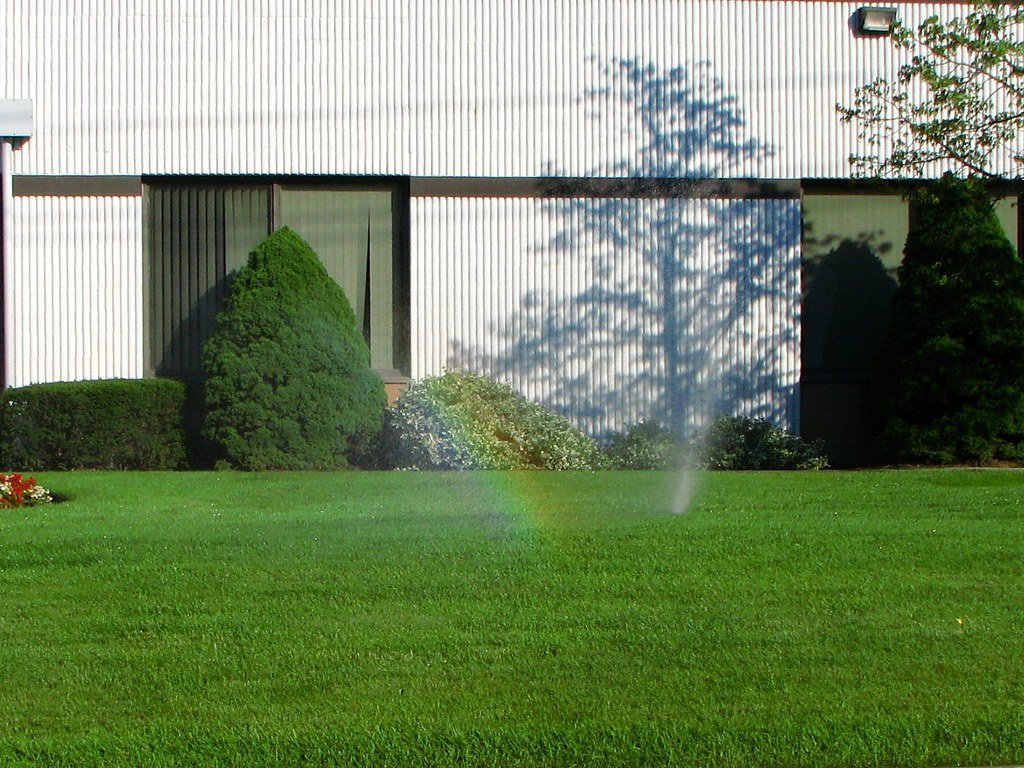
When you really think about it, traditional lawns are basically outdoor carpets. Covering more than 40 million acres in the U.S., grass lawn consumes an area roughly the size of New England—land that, for the sake of habitat conservation, might as well be pavement. The modern obsession with highly manicured “perfect” lawns alone has created a green, monoculture carpet across the country that covers over 40 million acres. These spaces might look neat and tidy, but they’re ecological dead zones that offer virtually nothing to the complex web of life that should be thriving right outside your door. It’s like having a beautiful painting that’s completely blank—visually pleasing to some, but utterly devoid of meaning or function. The shocking part? Most homeowners have no idea they’re maintaining what essentially amounts to a biological wasteland.
What Monoculture Really Means for Your Yard

Grass lawns are considered a monoculture — an area where only one kind of crop is grown. Think about what this means in nature—it’s like having a forest with only one type of tree, or a coral reef with only one species of fish. Monoculture is the cultivation of a single variety of a single species, often genetically similar, on a large scale in a specific area. Many insects will be excluded from this system because they are unable to survive in this simplified system, while one or two species will thrive in simplified systems, becoming pests and causing extensive damage to this crop. In natural ecosystems, diversity creates stability. When you eliminate that diversity, you’re essentially pulling the foundational blocks out of a complex ecological Jenga tower. The result? A system that’s vulnerable, unstable, and requires constant human intervention just to survive.
The Chemical Dependency Trap

Here’s where things get really disturbing. The traditional suburban lawn, on average, has 10x more chemical pesticides per acre than farmland. Let that sink in for a moment—your yard is more chemically intensive than industrial agriculture. Of 40 most commonly used lawn pesticides, 26 are linked with cancer or carcinogenicity, 12 are linked with birth defects, 21 with reproductive effects, 32 with liver or kidney damage, 24 with neurotoxicity, and 24 with disruption of the endocrine (hormonal) system. These chemicals don’t just kill the “bad” bugs—they create a toxic environment that eliminates everything. As has been documented, certain pesticides, when introduced to aquatic environments, cause a decline in species diversity of aquatic organisms and predatory insects. In Europe, it has been found that a 42% loss in species richness occurs due to pesticide exposure, even when organisms are exposed to concentrations deemed environmentally safe by current regulations.
Where Did All the Insects Go?
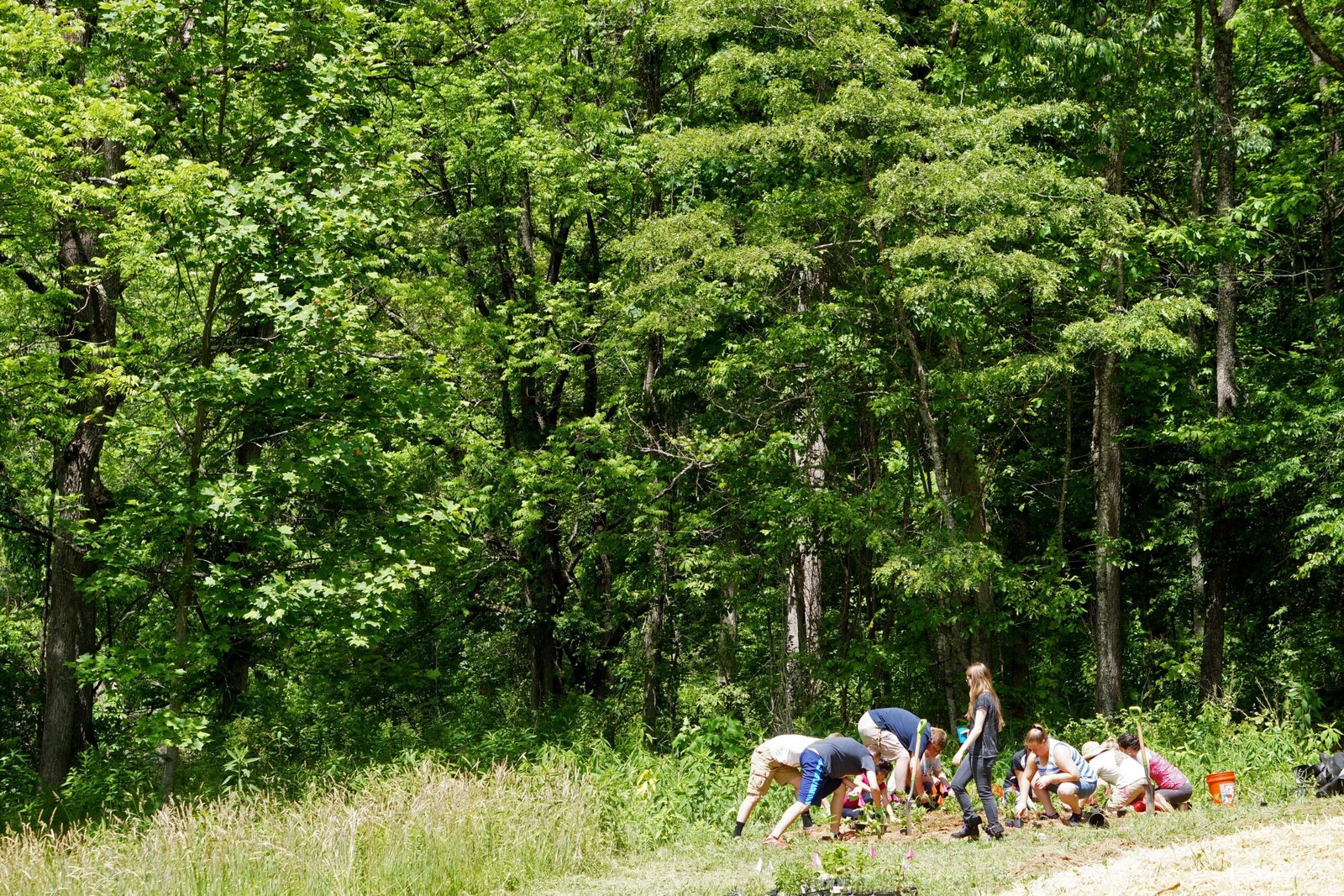
Insects drive the production of essential seeds, fruits, and vegetables via pollination, and are necessary decomposers of organic matter. Further, insects are keystone species that provide invaluable ecosystem services that extend beyond pollination, by providing biological control of pests, and acting as bio-indicators of healthy strea[ms]. But in lawn monocultures, they simply can’t survive. When only a single plant is grown and maintained in the landscape, soil health is challenged, and the dietary, refuge, overwintering and reproductive needs of diverse insect species can no longer be met. This makes agricultural crops more vulnerable to insect pests, since the local habitat can no longer support balanced insect communities. Your lawn isn’t supporting the tiny creatures that pollinate your garden, control pest populations, or decompose organic matter. Instead, it’s creating an insect void that ripples through the entire local ecosystem. No wonder your tomatoes aren’t getting pollinated and your roses keep getting attacked by aphids!
The Butterfly Effect in Reverse

When we talk about food webs, most people think about big predators like hawks or wolves. But the foundation of every food web is much smaller and more vulnerable. Insects are primary decomposers of organic material, provide essential pollination services for natural landscapes and crop production, and add ecosystem balance to complex food webs. For countless reptile, amphibian and bird species, insects make up an essential part of their diet, and could not survive without them. By eliminating insects from our lawns, we’re essentially cutting the bottom rung out of the ecological ladder. The loss of partial or whole insect communities can have disastrous effects for food webs and reduce an area’s ability to recover after disturbances. That lonely robin hopping across your perfect lawn isn’t finding much to eat—it’s essentially window shopping in an empty store.
Native Plants: Your Lawn’s Missing Puzzle Pieces

Here’s something that might blow your mind: a non-native gingko tree hosts five species of caterpillars while a native oak tree hosts over 400 species. That’s an 80-fold difference in biodiversity support! A biodiverse lawn, also known as a “natural” or “wildlife-friendly” lawn, is a type of landscape that intentionally incorporates a diverse range of plant species, including native plants to create a more ecologically balanced and sustainable environment. Unlike traditional manicured lawns dominated by a single type of grass, biodiverse lawns aim to mimic natural ecosystems by promoting a variety of plants, insects, and wildlife. Native plants are those that occur naturally in a region in which they evolved. These plants have developed relationships with local wildlife over thousands of years. When you plant native species, you’re not just adding color to your yard—you’re reconnecting broken ecological relationships and giving local wildlife a fighting chance.
The Water Crisis Hidden in Plain Sight

What’s worse is that about half the water used for irrigation evaporates or runs off the surface of the soil — which in turn affects the larger ecosystem. Traditional lawns are essentially water-guzzling deserts that require constant irrigation to maintain their artificial green appearance. Because native plants are adapted to local environmental conditions, they require far less water, saving time, money, and perhaps the most valuable natural resource, water. Meanwhile, Native plants also have deep root systems that help stabilize soil and reduce erosion. It’s like the difference between trying to keep a fish alive in a desert versus creating a pond where it naturally belongs. Why fight against nature when you can work with it?
Soil: The Underground Universe You’re Destroying

Under every healthy ecosystem lies a thriving underground metropolis of microorganisms, fungi, bacteria, and countless tiny creatures working together to create the foundation of life. The researchers compiled data from nearly 400 studies, finding that pesticides harmed beneficial, soil-dwelling invertebrates including earthworms, ants, beetles and ground nesting bees in 71% of cases reviewed. Pesticides can linger in the soil for years or decades after they are applied, continuing to harm soil health. The reviewed studies showed impacts on soil organisms that ranged from increased mortality to reduced reproduction, growth, cellular functions and even reduced overall species diversity. Your perfect lawn isn’t just killing what you can see—it’s systematically destroying an entire universe of life beneath your feet. Our study demonstrated that higher pesticide diversity can significantly and adversely affect soil microbial functions, thereby intensifying microbial consumption of soil resources. This finding suggests that pesticide diversity acts as an environmental stressor that drives substantial changes in the genomic traits of microbial communities and nutrient cycling in agricultural soils.
The Carbon Storage You’re Missing Out On

Climate change is one of the biggest challenges of our time, and your lawn could actually be part of the solution—if you let it. The mix of plants in a biodiverse lawn contributes to carbon sequestration, as various species capture and store carbon dioxide in different ways. In addition to the reduced noise and carbon pollution from lawn mower exhaust, many native plants, especially long-living trees like oaks and maples, are effective at storing the greenhouse gas carbon dioxide. Instead of being part of the climate solution, traditional lawns are actually contributing to the problem through chemical production, constant mowing, and the complete elimination of plants that could be storing carbon. They’re also critical for the process of carbon conversion. As the idea of “regenerative agriculture” and using soil as a carbon sponge to help fight climate change gains momentum around the world, the findings of this study confirm that reducing pesticide use is a key factor in protecting the invertebrate ecosystem engineers that play a critical role in carbon sequestration in the soil.
Breaking Free from the Gasoline Addiction

All those mowers, weed eaters, and edgers that make a lawn look perfect consume a lot of fuel. When you are managing your own lawn, it probably does not seem like much, but nationwide, around 800 billion gallons of gas are consumed by lawn maintenance practices. That’s an absolutely staggering number that represents not just environmental damage, but also a massive financial drain on homeowners across the country. Every weekend, millions of people fire up their gas-powered mowers to maintain these biological deserts, pumping carbon into the atmosphere while destroying the very systems that could help combat climate change. It’s like using a blowtorch to melt ice cubes—counterproductive doesn’t even begin to cover it.
The Pollinator Crisis Happening in Your Backyard

bees, flower-flies, and butterflies) pollinate over 85% of wild flowering plants and over 75% of agricultural crop species. But where are these crucial creatures supposed to find food and shelter in a landscape dominated by sterile grass? The diverse array of plants in a biodiverse lawn attracts and sustains pollinators such as bees and butterflies. This not only benefits these essential creatures but also plays a crucial role in the pollination of nearby plants, promoting overall ecosystem health. For example, a lawn where dandelions are allowed to bloom offers some of the earliest food for bees and other beneficial insects, whereas, grass lawns do not offer anything to support a balanced ecosystem. Those dandelions you’ve been spraying with herbicide? They’re often the first food source available to hungry pollinators emerging from winter hibernation. By eliminating them, you’re essentially shutting down the neighborhood’s first restaurant of the spring.
Starting Small: The 10-Square-Foot Revolution

The good news is that you don’t need to tear up your entire yard overnight. Transitioning away from a grass lawn may seem overwhelming, but starting small can make a big impact: Try dedicating just a 10-square-foot strip along the edge of your yard to native plants! Native plants are not only low-maintenance but are also powerful allies for biodiversity, attracting and supporting local wildlife with food, shelter, and breeding spaces. Think of it as creating a tiny wildlife refuge right in your own backyard. You might be surprised by how quickly birds, butterflies, and beneficial insects discover and appreciate even the smallest patch of native habitat. One small corner of biodiversity can act like a beacon, signaling to wildlife that your property is becoming a safe haven rather than a biological dead zone.
Creating Wildlife Corridors in Suburbia
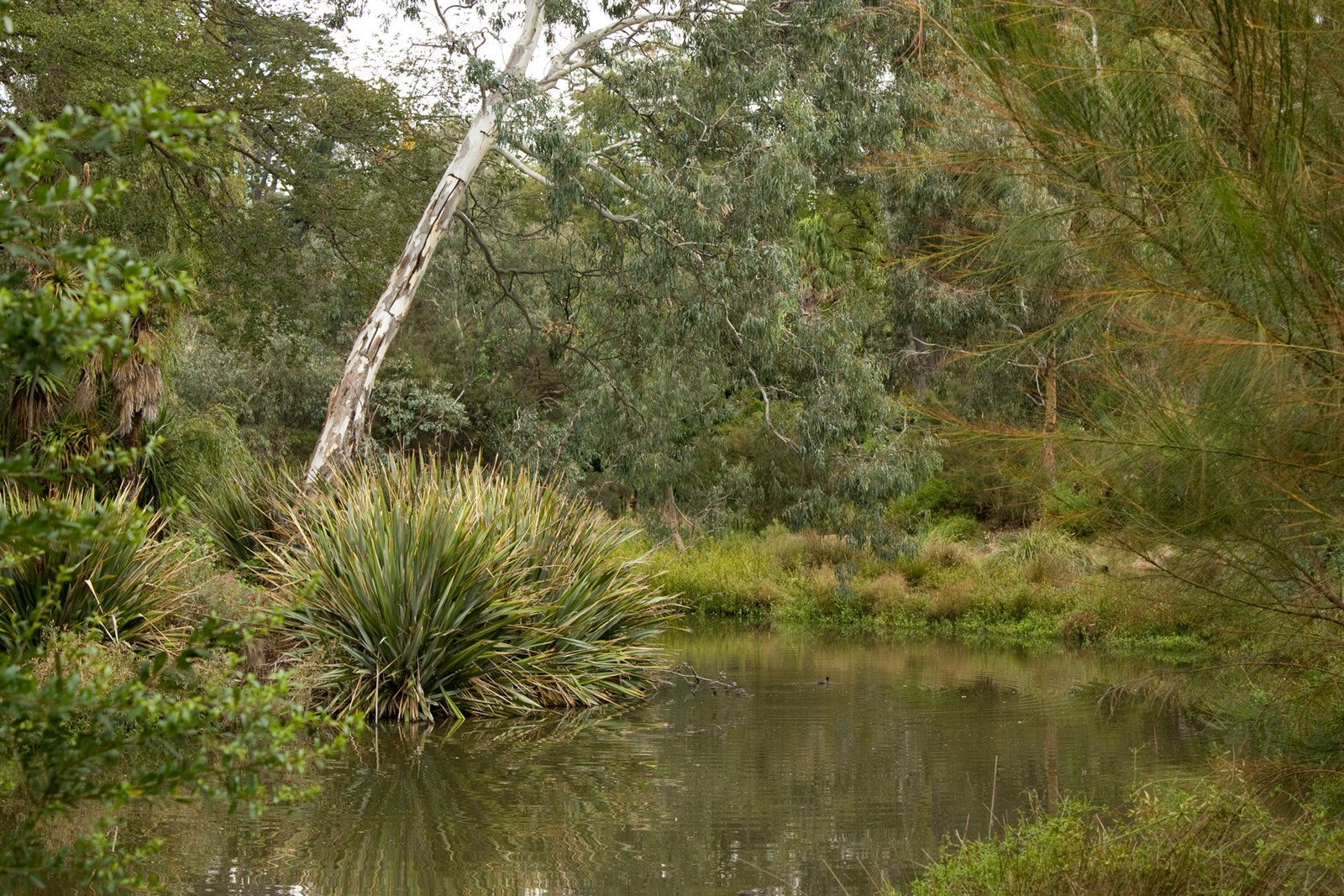
To save America’s biodiversity, Tallamy wants us to share the land. To do this, he’s enlisting private owners of more than 83 percent of the United States to create what he calls “homegrown national parks” from tiny city plots to corporate campuses. Your yard doesn’t exist in isolation—it’s part of a larger landscape that could either support or destroy local wildlife populations. Biodiversity can thrive on your balcony, terrace or rooftop. Find keystone plant species appropriate for container gardening (and tips) here for ecoregions across the United States and Canada. Containers are “refueling pit stops” for native pollinators, says Homegrown National Park. Even if you live in an urban area, your efforts matter. When neighbors start connecting patches of native habitat, you create corridors that allow wildlife to move, feed, and reproduce across previously fragmented landscapes.
The Economics of Natural Landscaping
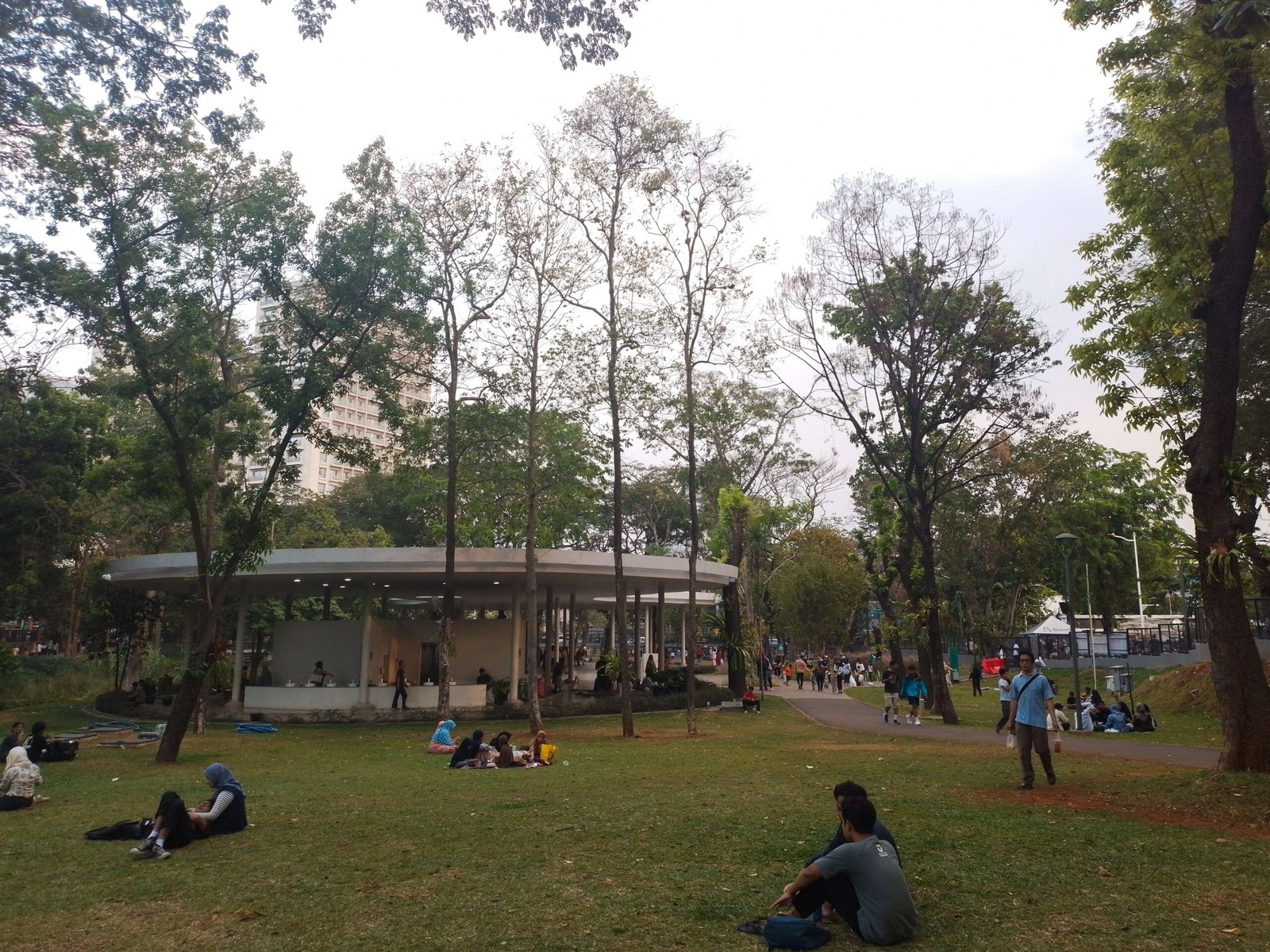
Let’s talk money, because that’s often what really gets people’s attention. If your lawn is currently chemically‐dependent, initially it may be more expensive to restore the biological life. But, in the long term, it will actually cost you less money. Once established, an organic lawn uses fewer materials, such as water and fertilizers, and requires less labor for mowing and maintenance. Native perennial plants are naturally adapted to the specific climate, soil, and environmental conditions of their native region. As a result, they often require less water and soil amendment compared to non-native species. You’ll spend less on fertilizers, pesticides, water bills, and gas for your mower. Plus, you’ll get your weekends back instead of spending them maintaining an ecological wasteland. It’s a win-win situation that gets better over time.
Design Strategies That Work for Everyone

Want an unruly meadow? Carve a path inviting you in. Planting a profusion of native trees and shrubs? Border it with a strip of manicured grass. These subtle but crucial signals differentiate a mess from a “lawn.” That might be enough to move wildlife conservation beyond public lands to the backyards — and even balconies — of millions of people, propagating tidy wildlands across the country. You can have the best of both worlds by creating intentional design elements that signal “this is planned, not neglected.” And if you leave your leaves, there will be no need to fertilize your lawn in the spring. And don’t forget to leave areas under trees and shrubs with leaves, logs or small native seedlings. More than 90 percent of the caterpillars drop off their host plant and need ground cover to finish their life cycle. Sometimes the most beneficial thing you can do is simply stop doing the harmful things.
Success Stories: When Nature Takes the Lead

The Norman Bird Sanctuary is transforming its 300-acre Coastal Field from a former agricultural field dominated by invasive plants into one of the largest pollinator habitats in the state. The project began with controlled burns to remove multiflora rose (Rosa multiflora), privet (Ligustrum spp.), and porcelain berry (Ampelopsis glandulosa). Staff and volunteers pulled any stubborn remaining plants after the burns. This kind of transformation is happening all over the country as people discover that working with nature instead of against it produces dramatic results. Several insect orders showed differences in either abundance, richness or diversity between the two systems, and several families of Hymenoptera, which contains pollinators and natural enemies, showed important increases in the silvopasture. Conversion of monocultural pastures to silvopastures can have important consequences on insect fauna involved in essential ecosystem functions, and the implementation of silvopastures at larger scales has the potential to benefit biodiversity conservation and ecosystem service provision at the landscape scale. The science is clear: when we create diverse, natural landscapes, wildlife responds quickly and dramatically.
Beyond Your Property Lines: The Bigger Picture

Practices that protect biodiversity have a direct relationship to the protection of ecosystems (including air, water, and land), and to the de-escalation of global climate change. The recognition of ecosystem services, which are enabled by healthy biodiversity, requires a respect for the natural processes that support the diverse web of life in the environment. With the elimination of toxic pesticide use, the protection of biodiversity and soil biology supports clean air, water, and land, and enhanced atmospheric carbon sequestration, resulting in a slowing of global climate change and a sustainable future. Your personal choices about your lawn might seem small, but they’re part of a much larger movement toward recognizing that human well-being is inextricably linked to ecosystem health. Insect biodiversity is therefore essential for the proper functioning of all ecosystems and the current loss of this biodiversity will impact these ecosystem services, provided by insects. Declining populations will not be able to provide these services effectively and local population declines can cause drastic ecosystem impacts even if the species overall does not go extinct. If biodiversity loss continues at this

